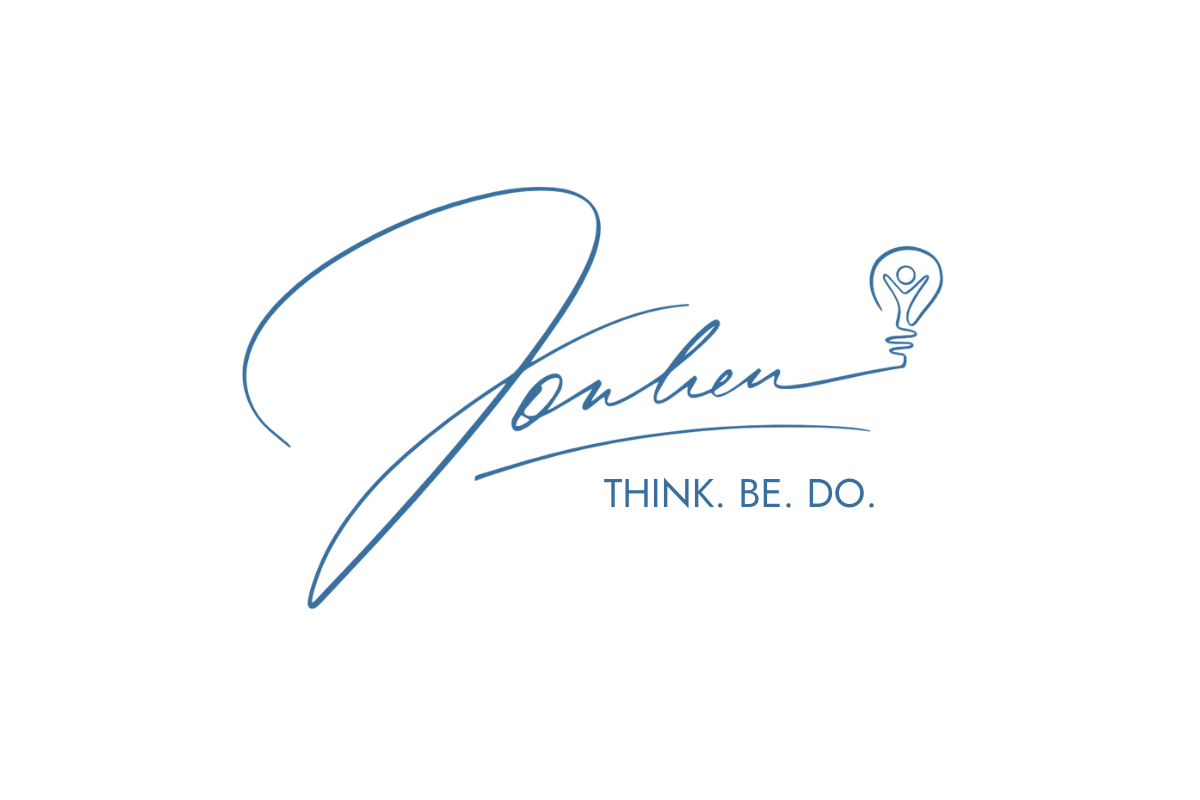
People-Centered Leadership for Schools and Nonprofits

The idea of People-Centered Leadership has become a ray of hope in the constantly changing field of nonprofit and educational leadership, providing creative answers to the intricate problems that face organizations. This article will discuss how People-Centered Design can herald a new era of effective, equitable, and collaborative leadership for schools and nonprofits. So, let's get started.
The Current Leadership Landscape
Both educational and nonprofit leaders grapple with multifaceted issues, from systemic inequities and disparities to dwindling staff morale and the ubiquitous menace of burnout.
Distrust among stakeholders can often be traced back to traditional, top-down, deficit-based leadership models that leave little room for collaboration or inclusivity.
The status quo is no longer sustainable, and the need for a more holistic approach is paramount.

How is people-centered leadership different from traditional leadership approaches?
People-centered leadership starkly contrasts with traditional leadership approaches in several fundamental ways. Here's a breakdown of how these two approaches differ:
Focus on People vs. Hierarchy
People-Centered Leadership: This approach prioritizes individuals within the organization—students, families, staff, community members, or funders. It acknowledges that every individual's unique needs, ideas, and perspectives contribute to the organization's success. The focus is on creating a supportive, inclusive, and collaborative environment.
Traditional Leadership: Traditional leadership often adheres to a hierarchical structure where decisions flow from the top down. It can sometimes be more focused on maintaining the status quo and adhering to established processes, with less emphasis on stakeholders' individual needs and contributions.
Listening and Empathy vs. Authoritarianism
People-Centered Leadership: Active listening and empathy are cornerstones of this approach. Leaders take the time to genuinely hear and understand their stakeholders' concerns, ideas, emotions, and lived experiences. They use this understanding to inform decision-making, creating a more compassionate and responsive leadership style.
Traditional Leadership: Traditional leadership tends to be more authoritative, with leaders making decisions based on their own perspectives and assumptions or the organization's established culture and norms. The emphasis is on the leader's authority rather than building relationships and understanding the diverse viewpoints of stakeholders.
Collaboration vs. Top-Down Decision-Making
People-Centered Leadership: Collaboration is at the heart of this approach. Leaders actively involve stakeholders in decision-making, recognizing that diverse perspectives lead to better, more innovative solutions. This promotes collective ownership and shared accountability.
Traditional Leadership: Traditional leaders often make decisions independently or within a small, closed circle of decision-makers. This top-down approach can lead to resistance from stakeholders who feel excluded from the decision-making process.
Continuous Learning vs. Rigid Structures
People-Centered Leadership: In a dynamic world, people-centered leadership promotes continuous learning. Leaders are open to adapting, evolving, and embracing change. They see themselves as learners alongside their team and value ongoing professional development.
Traditional Leadership: Traditional leadership may cling to rigid structures and established practices, sometimes resisting change or adaptation. This can hinder the organization's ability to respond to new challenges effectively.
Transparency and Trust vs. Secrecy
People-Centered Leadership: Transparency and accountability are key principles of leaders who embrace people-centered principles. Leaders openly communicate their decisions and actions, building trust among stakeholders. This transparency fosters trust and credibility.
Traditional Leadership: Traditional leadership may sometimes operate with a degree of secrecy, delaying communication about decisions that impact stakeholders, or worse yet, waiting until stakeholders hear from other sources. This lack of transparency leads to distrust.
The Impact of People-Centered Leadership
Now, you might wonder how adopting a people-centered leadership approach could impact your organization positively. Let's delve into some compelling reasons why embracing people-centered leadership can make a significant difference, not only with the people you serve, but also for your organization’s mission.

Enhanced Problem Solving
People-centered leadership involves including stakeholders in problem-solving, ensuring that diverse perspectives are not only considered but also contribute to solutions. Welcoming this approach leads to innovative and practical solutions to complex problems. This results in developing more innovative and efficient solutions.
For example, a school that adopts people-centered leadership involves teachers, social workers, counselors, students, and families in problem-solving around chronic absenteeism. Together, they develop creative strategies based not only on research and evidence-based practices but also based on their students’ and families' perspectives and lived experiences.
Improved Stakeholder Engagement
When individuals feel heard and valued, they become more engaged, for the benefit of the organization and community. This boosts morale and leads to a stronger sense of community. Imagine a nonprofit board making the shift to people-centered leadership. Instead of brainstorming solutions they think will work based on assumptions, they succeed in improving engagement by actively involving staff, volunteers, funders, and community members, in shaping or reshaping programs and service offerings based on their community’s actual needs, concerns, and aspirations.
Reduced Burnout
By acknowledging the needs and well-being of stakeholders, leaders can proactively address issues that contribute to burnout. Rather than coming up with programs they think will motivate employees to prioritize their wellbeing, a school district might make it safe enough for staff to challenge the status quo by naming organizational barriers that contribute to stress and burnout and sharing potential solutions to remove those barriers. A supportive and caring environment created through people-centered leadership can significantly reduce stress and improve employee retention.
Equitable Experiences and Outcomes
In nonprofit organizations, people-centered leadership can help promote a safer, more equitable environment, for marginalized communities. Instead of clinging to “how we started” and “what we’ve always done,” organizations could engage in the hard work of intentionally listening to the communities they serve to understand the true impact of their policies and practices and make real changes based on stakeholders’ perspectives and lived experiences. This can lead to more equitable experiences and outcomes for the communities served by the organization.
Trustworthiness and Credibility
Leaders who practice people-centered leadership are seen as trustworthy and credible by their stakeholders. This trust is invaluable in building strong, lasting relationships. Take, for instance, a charitable organization who is struggling to grow in a post-pandemic environment. The leadership’s decision to take a transparent approach to resource allocation goes a long way to building trust among donors and partners, leading to increased support and collaboration.
People--Centered Design: The Way Forward
People-centered design is the way forward for leaders in education and nonprofit organizations who recognize the limitations and negative impact of the traditional approach to leadership; and who want to solve complex challenges while caring for the people they serve. It provides a single framework and road map for creating a collaborative, empathetic, and solution-oriented leadership approach.
People-centered design in leadership is a holistic approach that places individuals' needs, perspectives, and experiences front and center in decision-making and problem-solving.

The time for change is now, and people-centered design is your compass to navigate the unprecedented complexities of the world in which we now live.
By cultivating people-centered leadership, you have the potential to create a transformative impact on your organization and, ultimately, on the lives of those you serve. The future is people-centered; together, we can lead the way to a better tomorrow.
Visit our website at Jonlieu to discover more resources, tools, and leadership stories that will inspire and guide your journey toward a brighter, more inclusive future.